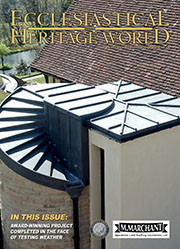Lime: it’s better for buildings – and for the environment

It is now fairly well known that cement is not good for old buildings and that lime mortar should be used. But why? What are the advantages and what are the disadvantages? In order to begin to answer those questions it is necessary to understand the nature of traditional building, the process by which buildings used to be built, and how it differs from modern construction, the process by which we build today.
Here, James Simpson OBE Hon DSc FRIAS, chairman of the Building Limes Forum, discusses the differences between traditional and modern building techniques.
Traditional building has its origins in the pre-industrial age, when buildings were made from natural, local materials. In the UK, earlier buildings of timber were superseded by walls of stone or brick, bedded in lime mortar, plastered internally and sometimes also finished externally with a floated or thrown plaster coat and limewash.
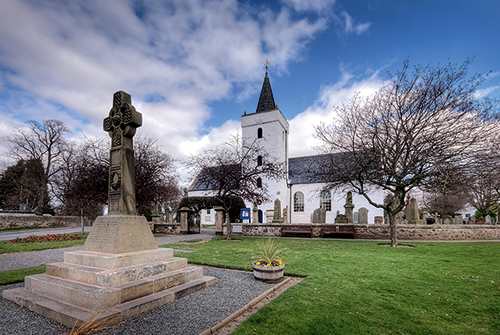
Those buildings were assembled by hand with skills developed over the generations and nurtured through the trade apprenticeship system. They were practically detailed to exclude and shed water. Viewed from today’s perspective the process was almost entirely benign: everything was ‘renewable’ and carbon emissions in construction, if not in use, were negligible. The system, developed over centuries, worked.
Paradoxically to the modern mind, that is because, in traditional building, almost all the materials and the construction as a whole were, in relative terms, soft, weak and permeable. Rainwater was shed or otherwise carried away from roofs, but the walls, protected by overhangs, cornices or drip-courses, were permeable. Moisture absorbed in wet conditions penetrated the outer surfaces of the walls, but evaporated out again when conditions were dry – and dry walls are warmer than wet walls.
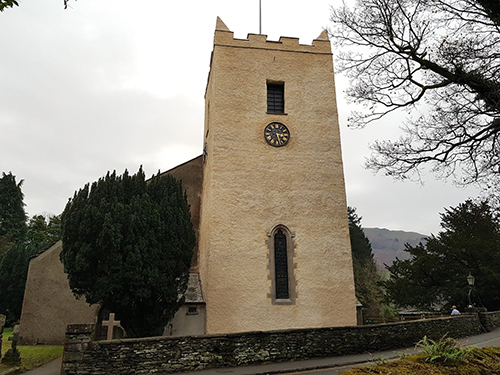 Many problems in traditional buildings follow from the application of strong and impervious finishes like cement, which invariably make the walls wetter. That is because moisture from minor leaks, tiny surface cracks and ground water is prevented from evaporating through the external wall surfaces. Attempts to exclude moisture with damp courses and membranes only exacerbate problems by causing a build-up of wetness on one side or the other.
Many problems in traditional buildings follow from the application of strong and impervious finishes like cement, which invariably make the walls wetter. That is because moisture from minor leaks, tiny surface cracks and ground water is prevented from evaporating through the external wall surfaces. Attempts to exclude moisture with damp courses and membranes only exacerbate problems by causing a build-up of wetness on one side or the other.
Timber decay is commonly associated with wet masonry and cement mortar also damages the outer surfaces of walls: if it is harder and less permeable than the stones or bricks to which it is applied, it traps moisture and concentrates vapour movement, causing sacrificial decay.
Modern construction is the opposite of traditional building in almost every respect. It employs materials which are manufactured, processed and transported, and which are hard, strong and impermeable. This system is extravagant of energy and resources. In particular, the cement industry creates up to 8% of worldwide man-made CO2 emissions.
Several conclusions may be drawn:
- The unnecessary replacement of existing buildings is inherently damaging and should cease;
- Modern construction must be further developed, to reduce its environmental impact – particularly that of Portland cement;
- Traditional buildings should be maintained, repaired, restored and repurposed sustainably, by using compatible materials and methods.
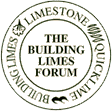
Symposium reflects new thinking on lime use
Masons and conservators across the UK and beyond are rediscovering traditional mortars through research, use and experience. They are moving away from the default specification of natural hydraulic limes for conservation works and are determined to practise like-for-like repair.
Lime is the essential ingredient of traditional mortars, plasters, renders and washes. There are across the world, and have been over the centuries, many different sorts of lime and ways of preparing and using it. At its simplest, however, lime is made by heating pure limestone in a kiln, driving off CO2, which is then re-absorbed as the mortar cures. If the energy used for heating is renewable, as it can be, this ‘lime cycle’ makes so-called ‘air lime’ carbon neutral. There has been a revival in recent years of the traditional method of making mortar by adding water to the quick lime and aggregate to produce ‘hot mixed lime mortar’.
Some limes, due to natural or added impurities, have chemical setting properties analogous to those of cement, but weaker. Such ‘hydraulic’ mortars are useful – necessary even – in harsh conditions, but are less permeable and less environmentally benign.
In conclusion, it is important to understand how traditional buildings work; traditional building and modern construction are entirely different systems, which should only be mixed with proper thought and care.
The modern construction process, as it is currently understood and practised – particularly when it involves the use of concrete and cement – is a relatively cheap way to build, but it has significant consequences for the global environment.
In the context of traditional buildings, the use of lime mortars, plasters, renders and washes, and the skills required to use them, will be to the medium and long term benefit all.
• The Building Limes Forum is a registered charity. It exists to encourage expertise and understanding in the appropriate use of building limes and education in the standards of production, preparation, application and aftercare. Throughout the year the organisation invites its members and others to learn, discover and share knowledge about the use of building limes through talks, practical demonstrations and tours of historic sites. To find out more visit www.buildinglimesforum.org.uk.
YOU CAN FIND A LIME SUPPLIER OR CONTRACTOR IN YOUR AREA IN OUR ONLINE DIRECTORY HERE
Heritage-friendly basement waterproofing: what the Romans did for us
The heritage-friendly waterproofing of basements and cellars sited partially or fully underground, and subject to on-going moisture problems, can come with significant technical challenges. The primary challenge is how to keep water out of the building without causing long-term damage to the building fabric.
Click here to read the full story.
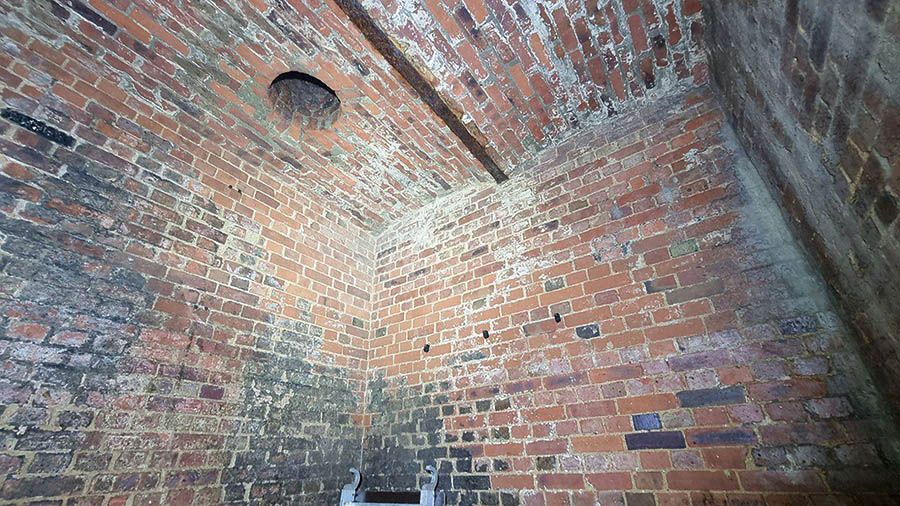
Enriching Suffolk's proud heritage for a decade
Suffolk-based Rickards Period Plastering Ltd reaches its tenth anniversary this year, although director Mike Rickards has been restoring properties since the mid 1980s and since 1999 he has have been the driving force behind two other local and respected lime contractors in this area, establishing RPP Ltd ten years ago in April 2012.
Click here to read the full story.
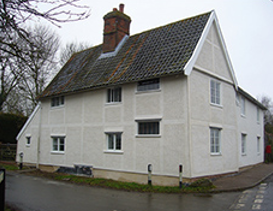
Repairs and restoration to decorative plasterwork in Teeside’s Victorian Town Hall now completed!
After 18 months of working on this project, Rydale Plasterers have now completed their part of the renovation and have restored the decorative plasterwork. After years of neglect, this building's interior was decaying and in a truly terrible state. The repairs required were throughout the entire building - to walls, a glazed dome over a stairwell, cornice, ceilings and archways. The main area of work was to the decorative plasterwork in the Civic Suite.
Click here to read the full story.
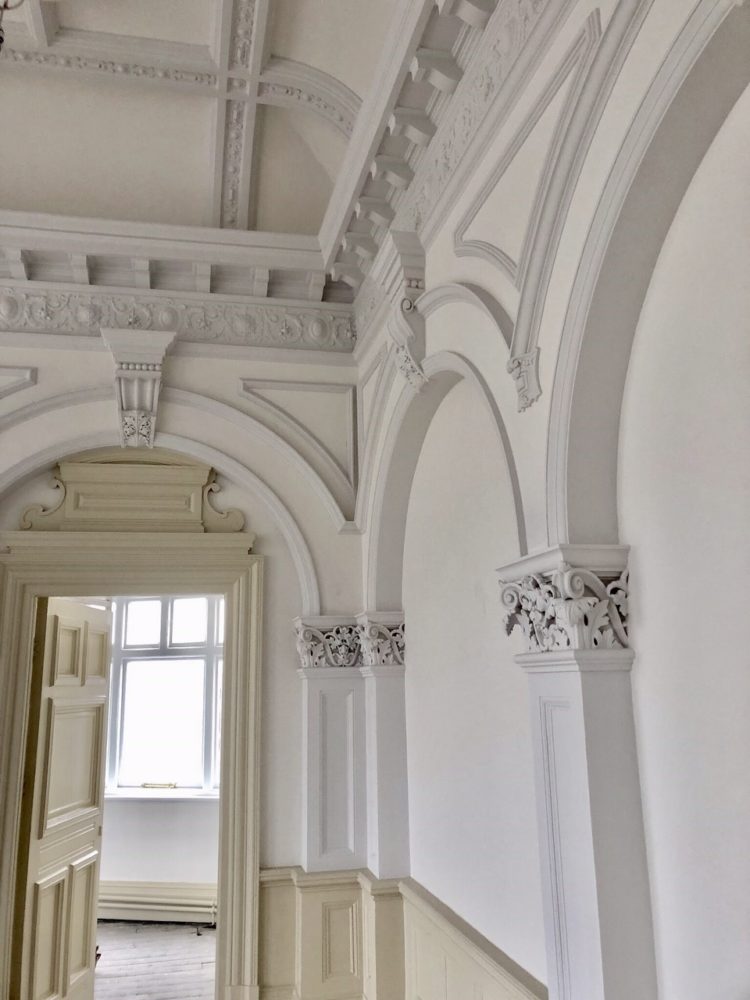
Restoration of St Oswald's Church, Grasmere
St Oswald’s Church stands on the banks of the River Rothay in the centre of Grasmere and is a Grade I listed building that dates from 1250AD. Up until the 1890s the church was rendered in lime. At that time the lime render was removed, and the pointing raked out. This was replaced with a cementitious strap pointing which caused severe damp, so further action was required. To try and solve the damp, in 1921 the church was encased in a cementitious pebble dash render.
Click here to read the full story.

Ancient building material still has many uses
One of the universal building materials prior to the end of the 19th century was lime. Lime was present in various forms in almost every building, from limewash on the walls of cattle byres and cottages to the mortar used on cathedral and castle walls.
Click here to read the full story.
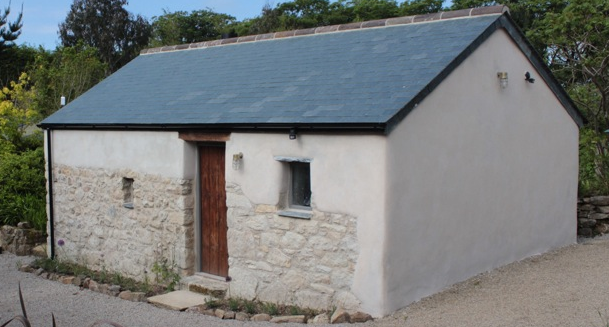
Does hydraulic lime always give us the result we want?
When talking about the use of lime, the ‘conversation’ regarding hydraulic sets must have been going on for millennia – ever since, in fact, lime mortar became a thing. Here, Harry Cursham of Vivus Solutions Ltd postulates that hydraulics aren’t all that they seem.
Click here to read the full story.
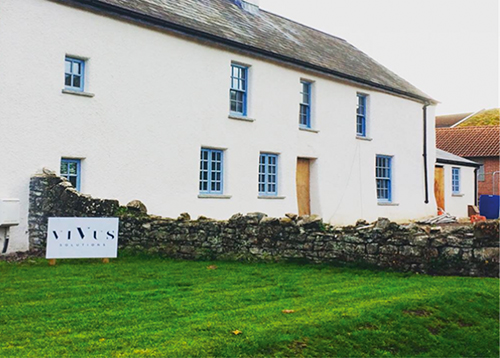
Preserving traditional buildings: it’s a matter of application
At Suffolk-based Rickards Period Plastering Ltd they feel fortunate to have the opportunity to be working in an area of the country that has a wealth of unique architectural design, using what they feel is a special product: the chalky lime plaster and render. Here, Mike Rickards shares his enthusiasm for traditional plasters.
Click here to read the full story.
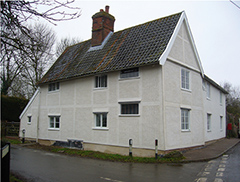
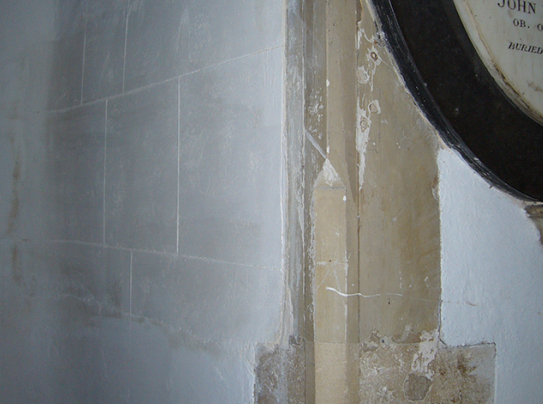
Perfect period plaster for your church and listed building
Based in Bury St Edmunds, Rickards Period Plastering provides a professional application of traditional plastering techniques throughout the county. Whether working within the precious historic environment or on a unique architecturally designed new build they endeavour to provide a skill set and finished product of the highest quality.
Click here to read the full story
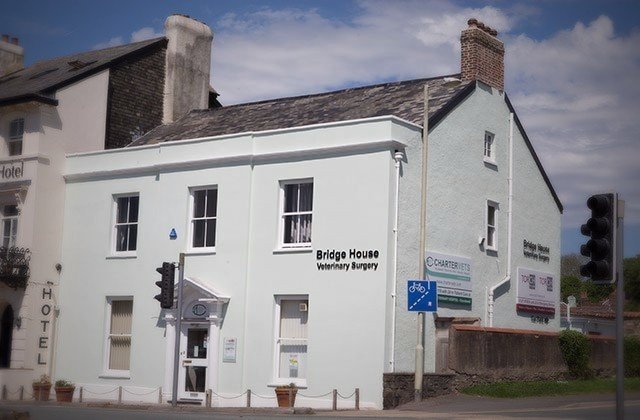
Prestigious building restored to former glory by Heritage Cob & Lime
Bridge House Veterinary Surgery had a cement render which, over the years, had begun to crack and allow water ingress, the front elevation suffering the worst . Internally there were damp issues whilst outside some major problems were discovered that needed remedying. On removing the external cement render, specialists from Heritage Cob & Lime found a few challenges that needed immediate attention.
Click here to read the full story
Bryan Williamson & Daughters
A family business with a unique philosophy of working sympathetically with heritage and listed buildings, Bryan Williamson & Daughters has restored over 200 houses and listed buildings back to their former glory. Combining extensive experience in traditional construction methods and craftsmanship with knowledge of specialist techniques, they provide their clients with practical advice whilst offering a wide range of services.

Images show Bryan at work on a Georgian Grade One-listed property, Portland House, designed by Robert Adams. Bryan is restoring a chapter from the past into a volume for the future. All the lime plaster is being restored and repainted in the original colours.
Bryan, based in and around London, is an expert in the restoration field and when he is not 'hands on' gives lectures on the subject at shows and exhibitions.
To find out more about his lime plaster and other services visit www.bwilliamsonanddaughters.co.uk
This large seventeenth century timber framed barn at Dunwich Farm, Stevenage was converted into a pair of semi detached properties by Anglia Lime Company.
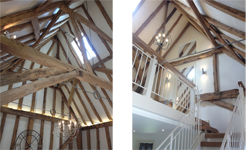
FibreChalk was applied in one coat to a background of Savolit Woodwool board fixed between the exposed timber frame.
There are a number of major advantages to this system. Firstly, FibreChalk mix is based on the ingredients of medieval plasters and so historically and aesthetically contemporary with the type of building.
The ability to apply the plaster in one coat directly onto the board, without the need for meshes or backing coats offers a major labour saving over other lime plaster systems.
The finished plaster dries to a visually pleasing pale cream and does not require decorating, this is a huge advantage, especially in a vaulted roof space where access for redecorating would be difficult and costly.
For more from this company visit their website www.anglialime.com









